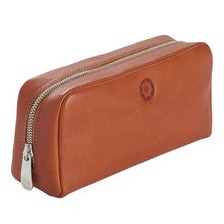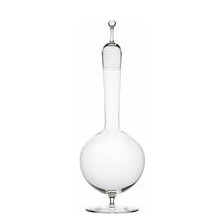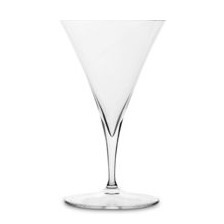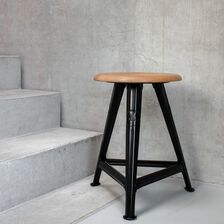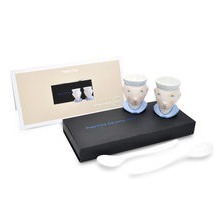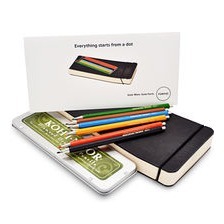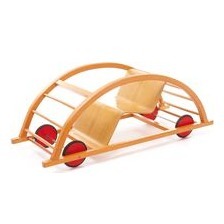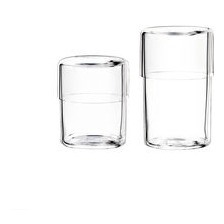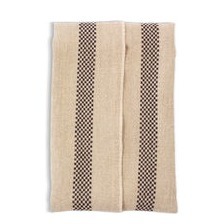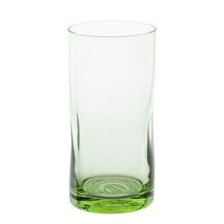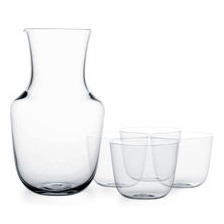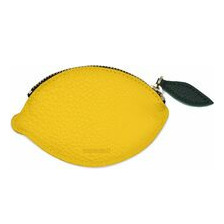All German-speaking regions can look back on centuries-old craft traditions, in which in some cases highly specialised knowledge was passed on from master craftsmen to the next generation. The choice of materials, tools and processing methods, together with craftsmanship, local traditions and a sense of beauty, determine the 'design' of the product.
German design refers to several very different sources and origins, including very emotional ones. It finds a balance between romanticism and stringent straightforwardness, between sober ergonomics and thoroughly sensual qualities. Typical characteristics are a well thought-out concept, a solid choice of material, and a technically demanding execution. Even when recourse to earlier design epochs provides a certain playfulness, German design is extremely serious.
mehr erfahren
Art deco (from around 1920 to 1940) encompassed the shaping of objects in all areas of life, such as architecture, furniture, fashion, jewellery and consumer goods. Instead of a uniform stylistic feature, Art Deco stands for a creative combination of elegance of form, preciousness of materials, strength of colour, and sensuality in the midst of the general awakening of classical modernism.
Some of this was already in the Art Nouveau style and the stylized and planar representation of floral and organic motifs remained typical for both epochs. The absence of shadows and naturalness conveys modern and often striking impressions of the art of that epoch. The industrial production as well as the light-hearted, eclectic mixture of stylistic elements of different origins are typical stylistic features, which made their starting point in the Wiener Werkstätten between Josef Hoffmann and Dagobert Peche. Paris remained the center of the movement, however. It was not until the Postmodernism of the 1980s that a new view of this modernist movement was presented, and since then it has enjoyed great esteem among collectors and supporters of design and the general public.
mehr erfahren
No school of design has influenced the history of design more than the Bauhaus. It had its home in Weimar and Dessau and perhaps it is no coincidence that some of the members of the Formost team come from the same place.
The Bauhaus, the most famous modern school for art design and architecture in Germany, was founded in Weimar in 1919.
No less than the unification of art and craft was the declared goal of Gropius and soon a long line of renowned artists such as Wassily Kandinsky, Oskar Schlemmer, Johannes Itten, Paul Klee and Marianne Brandt became prominent figures in the art and craft world.
The masters trained students there in various disciplines - from sculpture to painting and craftsmanship. As part of an exhibition for the general public, the "Haus Am Horn" was built in 1923 as an experimental house in which the masters and students presented their ideas of contemporary buildings.
mehr erfahren
After the WWII, the great German design story was divided between two different economic systems.
After the war, quite a few Bauhauslers were involved in the reconstruction of many modernist training centres and factories in East Germany.
In retrospect, this could be seen as a large-scale field test of how a culture develops under different circumstances.
GDR design, as it was officially called, was strongly influenced by functionality and a reduction to the essentials. Not least due to shortages of raw materials and a planned economy, longevity is a major demand for designers.
A unique feature of the design processes in the GDR were the production facilities, which were directly integrated into design schools, and the constant cooperation between the schools themselves, but also with industry.
Thus, beyond mass production, products with high standards were created that still enjoy respect in international circles of experts today.
mehr erfahren
Hardly any other movement has motivated the arts and crafts to cooperate and is as popular among contemporaries as Art Nouveau.
Progressive currents in the second half of the 19th century flowed into this international-style epoch in various areas of European society.
The stylisation oriented towards nature met with a new, more prosperous bourgeoisie. The constant popularity of this style epoch up to the present day seems quite astonishing.
The fact that no style epoch has more visibly derived its inspiration from nature is one explanation. Nature remains the source of design to this day.
What was then the outer form, "the nature," has since become a completely new and urgent aspect of design as an association.
But even if we tend to speak of sustainability today, we would like to see a design that is fully focused on nature today, and just as successful as Art Nouveau.
mehr erfahren
Traditionelles Handwerk, Volkskunst und Bräuche lassen sich schlecht Stilepochen zuordnen und sind eher der Ausdruck menschlicher Kreativität und Gestaltungslust, der uns allen innewohnt. Wenn es um wirklich Gute Ware geht, lohnt oft ein Blick auf ihre Tradition. Erst das 20. Jahrhundert erfand den Beruf des Designers, aber seit dem die Menschheit existiert, gestaltet sie auch ihr Lebensumfeld. Bei FORMOST schätzen wir die langlebigen Ideen genauso wie die kunstvolle Verarbeitung der Materialien.
mehr erfahren
The term contemporary art refers to the art of the present, especially the visual arts, which are symbolic or formative for the time being. In design, of course, our contemporaries are the designers of the present, whose history is still being written, who we consider typical and formative.
We are particularly interested in good design that reveals certain lines of tradition, but we also want to promote design that takes account of the environmental aspects.
We invite every designer and manufacturer who is interested in comprehensively good goods to introduce their products to us.
We will continue to visit fairs and exhibitions in the future and will always present found objects and a limited series at Formost.
The young contemporaries of Eastern Europe need to find a central place at Formost and every insightful tip will be met with open ears.
mehr erfahren





